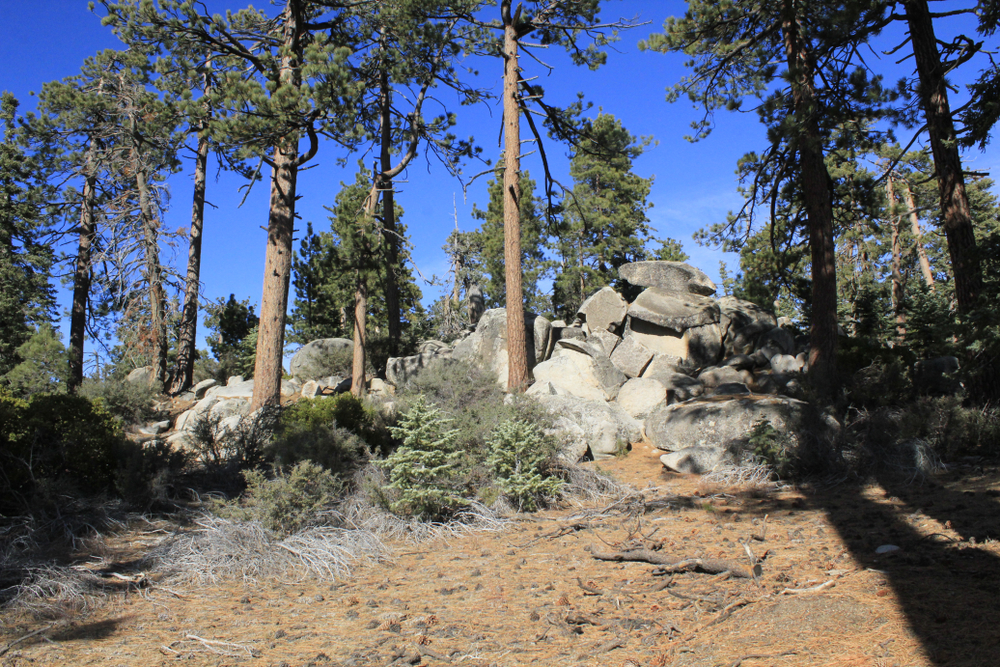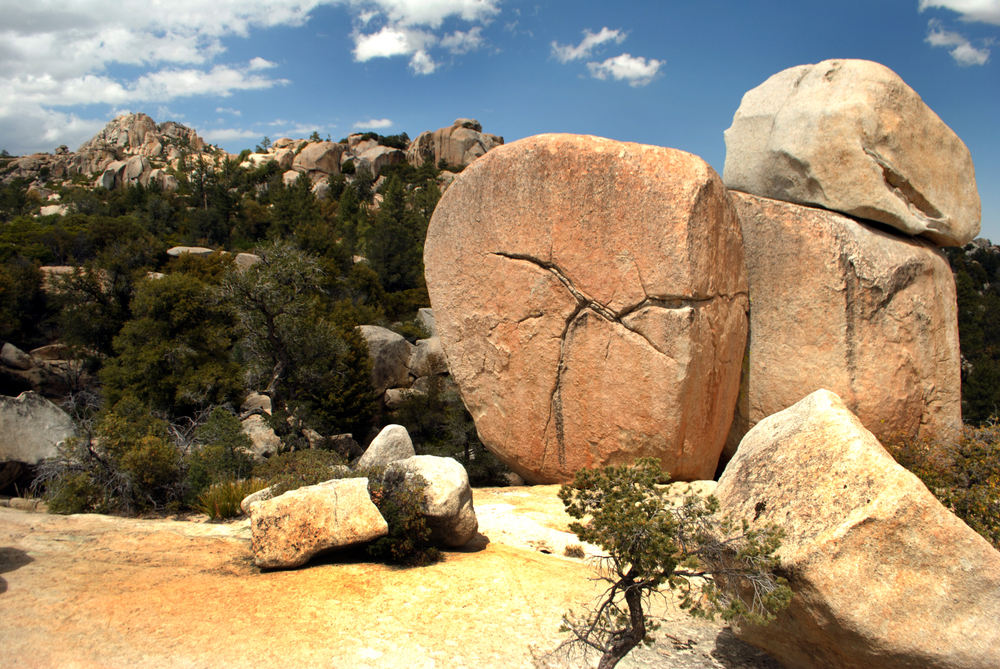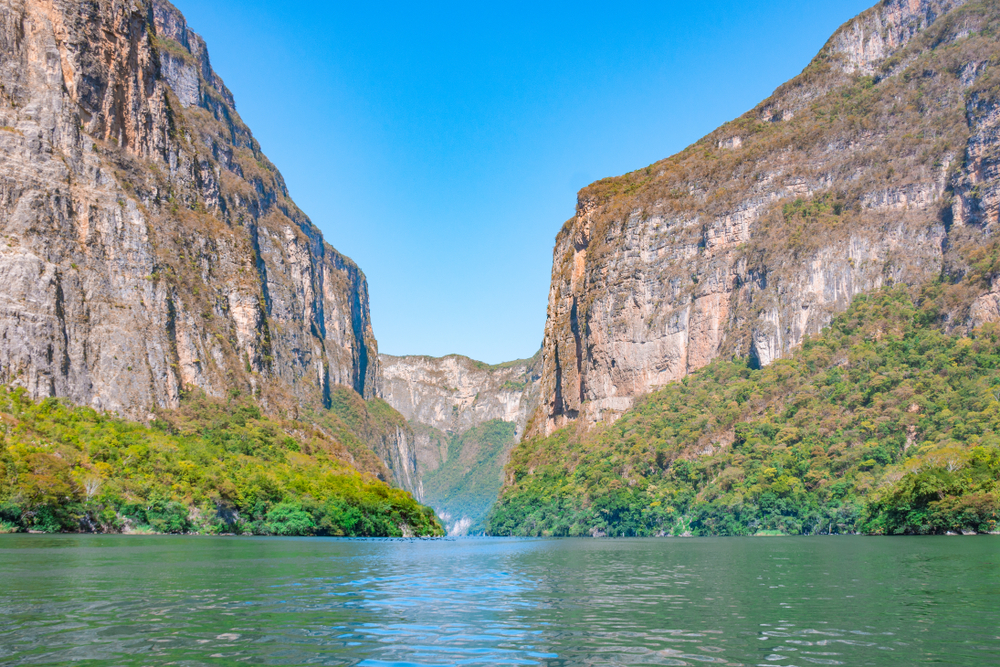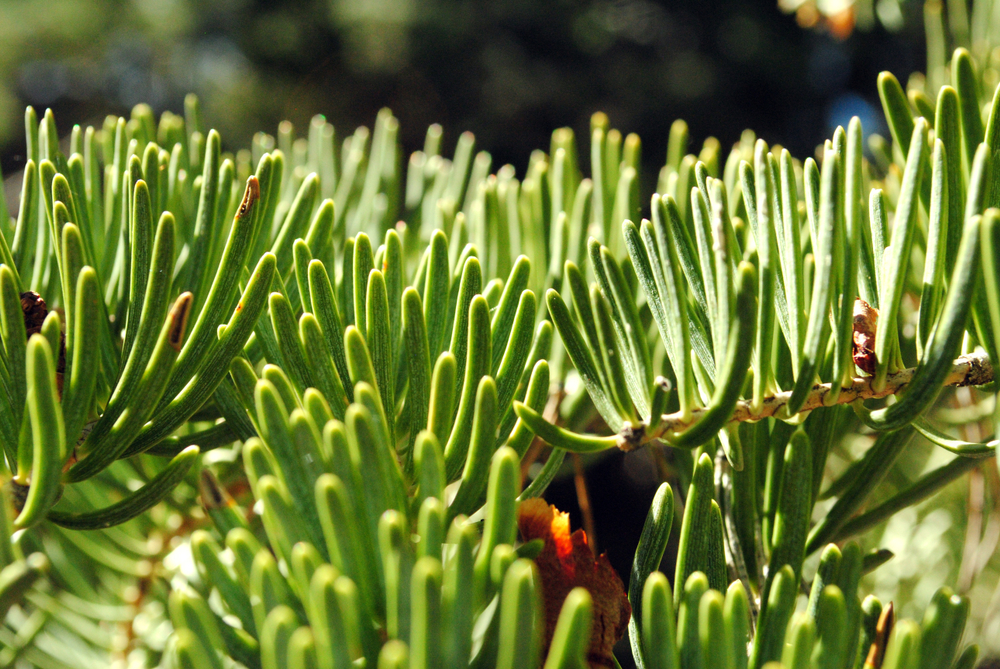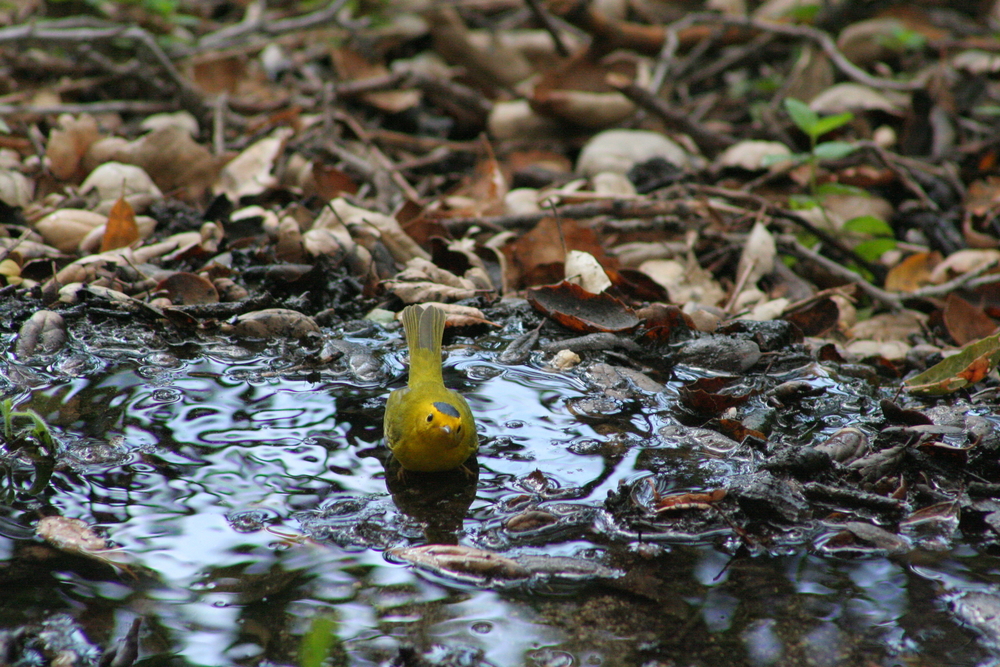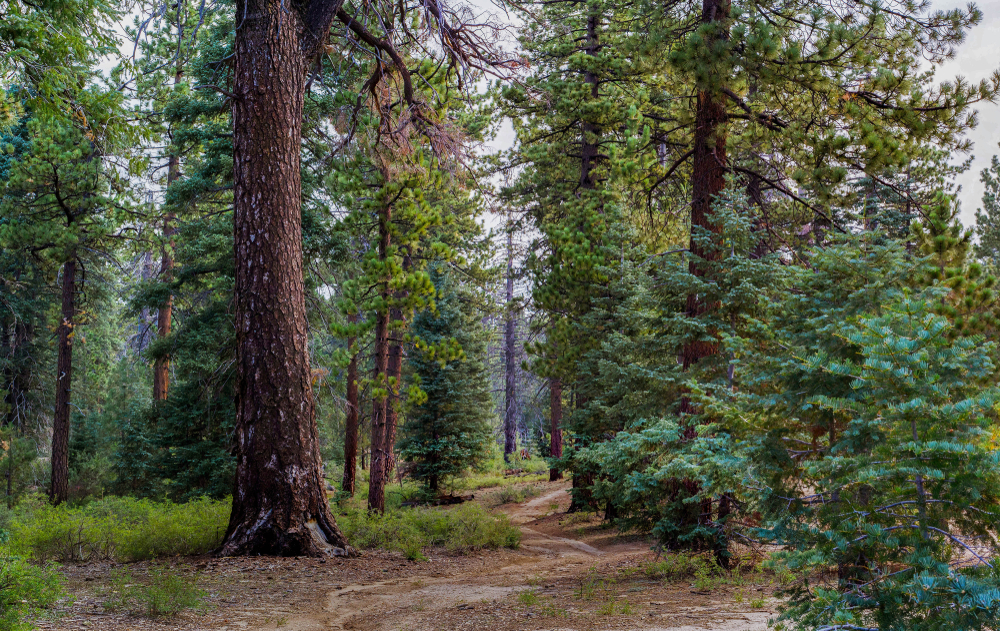Sierra de San Pedro Mártir Overview
Sierra de San Pedro Mártir National Park (in Spanish: Parque Nacional Sierra de San Pedro Mártir) is located in the northern part of Baja California, Mexico. Established in 1947, the park covers an area of approximately 264 square miles (about 683 square kilometers). This rugged and remote mountain range is one of Mexico’s most pristine and ecologically diverse natural reserves, offering stunning landscapes and a rich variety of flora and fauna.
The park’s landscape is dominated by the Sierra de San Pedro Mártir mountain range, with its highest peak, Picacho del Diablo, standing at 10,157 feet (3,096 meters). The terrain is characterized by deep canyons, granite cliffs, and expansive plateaus. The park is also home to dense pine, fir, and cypress forests, which thrive at higher altitudes, providing a striking contrast to the arid deserts surrounding the region.
The vegetation in Sierra de San Pedro Mártir National Park varies by elevation, with chaparral and desert plants at lower altitudes, transitioning to forests of Jeffrey pine, sugar pine, and white fir as you climb higher. In the spring, wildflowers blanket the meadows, adding vibrant colors to the landscape.
The park is a sanctuary for wildlife, including some of Mexico’s most iconic species. It is one of the last refuges of the critically endangered California condor, which was successfully reintroduced to the park. Other notable species include mule deer, cougars, bighorn sheep, and coyotes. The park is also home to a variety of birds, such as golden eagles, red-tailed hawks, and woodpeckers.
Due to its remote location and minimal human impact, Sierra de San Pedro Mártir National Park is a paradise for nature lovers, offering excellent opportunities for hiking, camping, and wildlife observation. Its pristine natural beauty, combined with the park’s conservation efforts, make it one of the most important national parks in Baja California.
Park Map
Sierra de San Pedro Mártir National Park Highlights
Engaging Sierra de San Pedro Martir
Related National Parks More Mexico
Sources
- All Trails, Best Trails in San Pedro Martir, https://www.alltrails.com/ar/parks/mexico/baja-california/parque-nacional-sierra-de-san-pedro-martir, retrieved August 2024.
- Baja Travel Club, Guide to San Pedro Martir, https://www.discoverbaja.com/2016/08/19/san-pedro-martir/, retrieved August 2024.
- Foro Mar de Cortez, San Pedro Martir, https://foromdc.org/en/ecosistemas/sierra-de-san-pedro-martir-el-paraiso-del-condor-de-california-en-mexico/, retrieved August 2024.
- Wikipedia, Sierra de San Pedro Martir National Park, https://en.wikipedia.org/wiki/Sierra_de_San_Pedro_M%C3%A1rtir_National_Park, retrieved August 2024.
- Wiki Voyage, San Pedro Martir National Park, https://en.wikivoyage.org/wiki/Sierra_de_San_Pedro_Martir_National_Park, retrieved August 2024.








































































